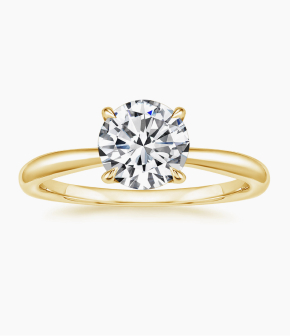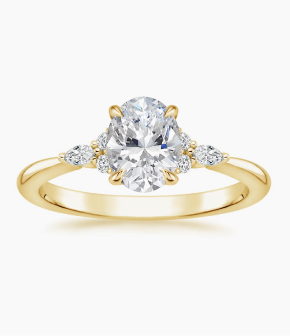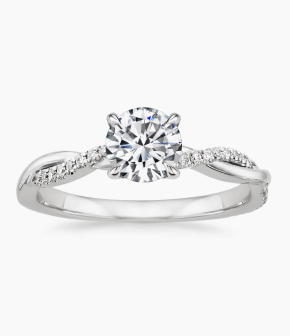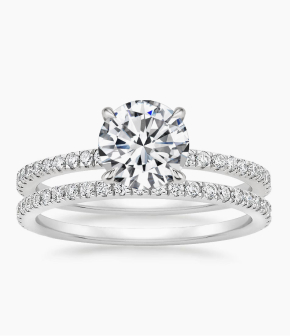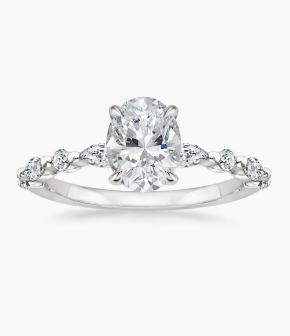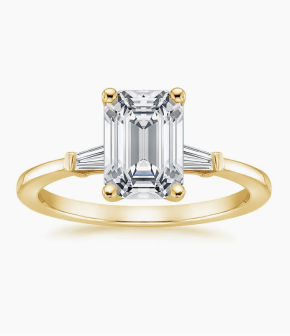What could be more charming than a vintage style engagement ring? With sweeping filigree detailing, intricate milgrain, dazzling halos, and three stone silhouettes, vintage style engagement rings harken back to a simpler, more romantic time. Vintage inspired engagement rings can be sophisticatedly simple or awe-strikingly glamorous and inspired by old Hollywood or a vintage Italian Riviera. Whichever style you go for, choosing a vintage style engagement ring is undoubtedly a classic, timeless choice.
Our vintage inspired engagement rings come in a range of styles at different price points. To inquire about creating a custom vintage style engagement ring, reach out to our team of dedicated jewelry experts who can assist in crafting your dream ring. Afterall, a one-of-a-kind vintage inspired ring design that reflects the history of you and your loved one is truly an heirloom in the making.














